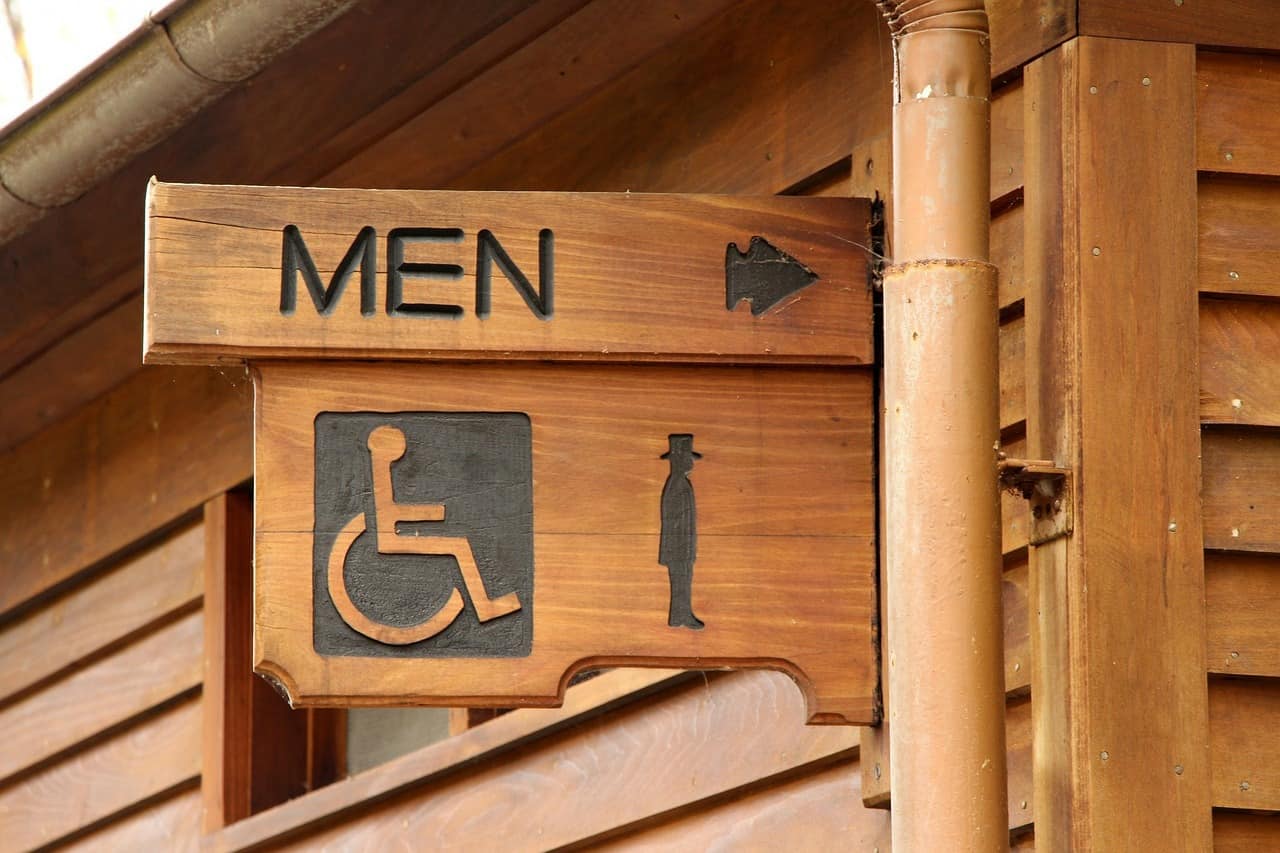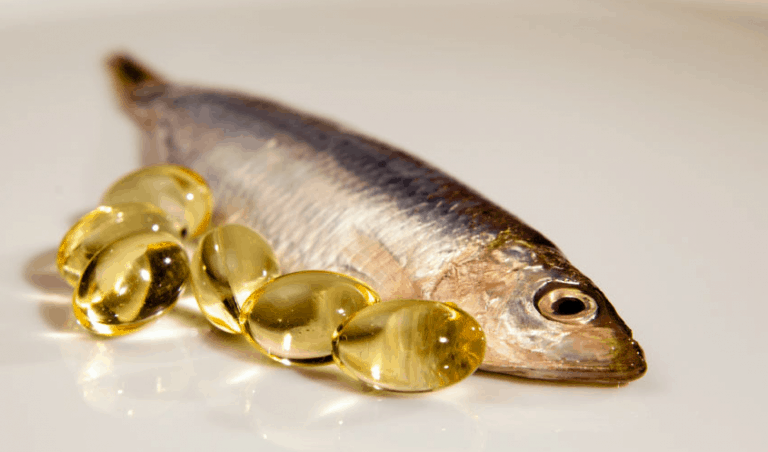Overactive bladder is not just a problem for women–millions of men also suffer with this type of urinary incontinence. To better help both patients and doctors understand and manage this condition, the American Urological Association (AUA) has just issued new guidelines on the diagnosis and treatment of overactive bladder (not related to neurological disorders).
Overactive bladder affects nearly 30 million adults aged 40 years and older in the United States, and most of those affected are women. However, men who experience overactive bladder symptoms often do so in association with prostatitis, benign prostatic hyperplasia (enlarged prostate, BPH), prostate cancer, or treatments for any of these prostate conditions.
The new guidelines issued by the AUA consist of 22 statements on topics concerning diagnosis and three lines of treatment (first-line, second-line, and third-line). As part of the first-line treatment strategy, for example, clinicians are encouraged to offer behavioral therapy (e.g., pelvic floor muscle training, bladder training) to all patients who have overactive bladder.
Second-line treatments should include medications, such as oral anti-muscarinics (e.g., darifenacin, oxybutynin, among others). When possible, extended release formulations should be prescribed rather than immediate release forms because the former have a lower risk of dry mouth. Third-line treatments can include use of tibial nerve stimulation, sacral neuromodulation, or onabotulinumtoxinA (Botox).
Patients can use these and other statements in the AUA guidelines as points of discussion with their healthcare providers who are treating them for overactive bladder.
Reference
US Department of Health and Human Services. Diagnosis and treatment of overactive bladder (non-neurogenic) in adults: AUA/SUFU guideline. Guideline Summary. May 2012 (revised 2014)







